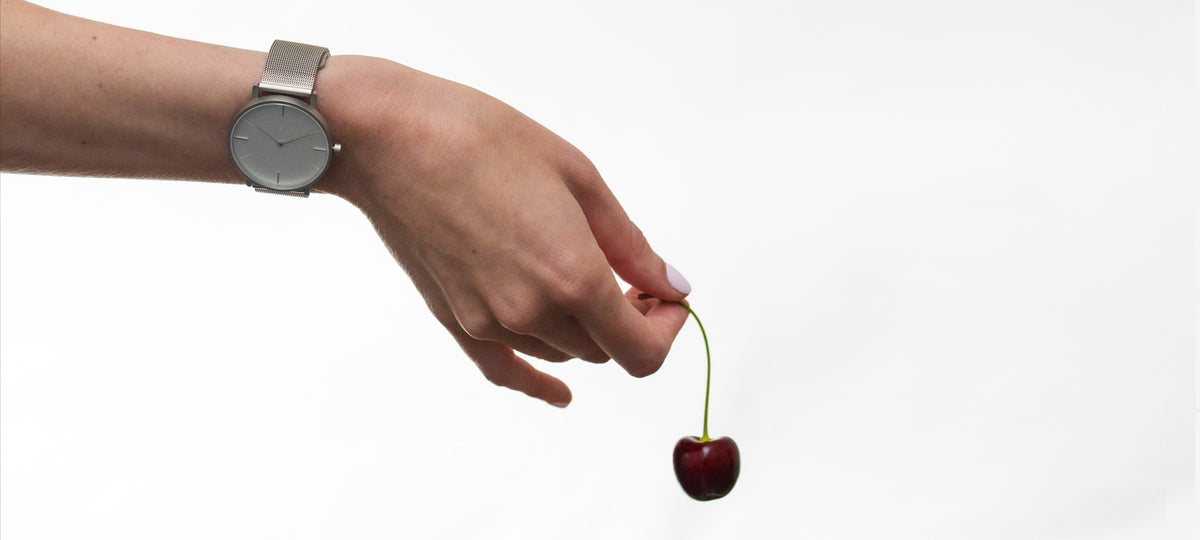The Evolution of Minimalist Watch Design: A Reflection of Timeless Trends
Minimalist watch design has become a hallmark of contemporary style, prized for its simplicity and elegance. Rooted in the 20th-century Bauhaus movement, which celebrated form following function, minimalist watch design emphasizes clarity and purpose. Over the decades, watchmakers have stripped away superfluous elements, focusing on clean lines and uncluttered dials. This approach has not only reshaped horology but also influenced fashion, aligning with broader movements toward simplicity in personal style.
From Bauhaus to Modern Minimalism
The Bauhaus art school, founded in Germany in 1919, laid the groundwork for today’s minimalist watches. Its principles of functional, unembellished design resonated across various art forms, including architecture, furniture, and, ultimately, watchmaking. In the 1960s, this ethos took shape in the watch world with brands creating timepieces that embodied these ideals, favoring clean, sans-serif fonts and balanced layouts particularly Junghans (A key inspiration for Stock Watches).
The Impact of Fashion and Lifestyle Shifts
As fashion embraced simplicity, minimalist watches grew in popularity. The shift towards understated luxury in the 1990s and early 2000s highlighted a preference for timeless accessories that blend seamlessly with everyday wear. This trend has only strengthened in recent years, with consumers prioritizing versatile pieces that reflect personal values over ornate, trend-driven designs. While this has been in flux in the last decade, a return to simplicity is emerging due to disconnection from smart devices and a want for unnecessary distraction.
Iconic Brands Embracing Minimalism
Numerous watch brands have championed minimalist aesthetics, each bringing unique interpretations. Scandinavian brands, for example, are known for their pared-down designs that prioritize legibility. In contrast, Swiss luxury houses have refined minimalist features, showcasing elegant, high-quality materials without compromising the essence of simplicity. Germany and Japan remain very pragmatic in their approach, keeping design at the forefront, with engineering of movements as efficient as possible.
Minimalism in the Digital Era
In today’s digital landscape, minimalism extends beyond aesthetics to functionality. Smartwatches, with their often subdued exteriors, reflect a modern take on minimalism. They focus on user-friendly, modular interfaces, ensuring technology doesn’t overwhelm design. The departure from analogue hands to digital marks a shift from timepieces being solely for timekeeping and for data collection (Something people will either love or hate).
The Future of Minimalist Watches
The minimalist movement shows no signs of fading. As sustainability gains traction, minimalism may evolve to prioritize eco-friendly materials and ethical manufacturing processes. By embodying values of simplicity, timelessness, and mindfulness, minimalist watch designs continue to resonate.

